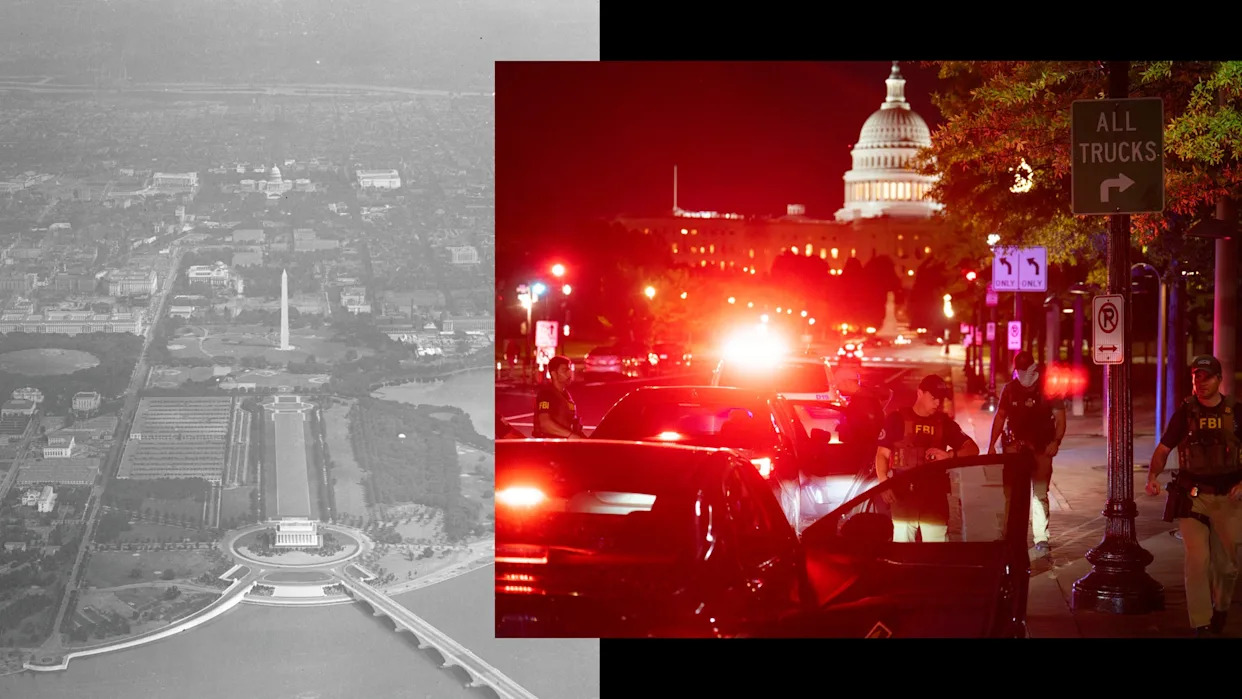
The Atlantic Daily, a newsletter that guides you through the biggest stories of the day, helps you discover new ideas, and recommends the best in culture. Sign up for it here.
As I listened this week to liberal politicians and journalists wave off talk of Washington, D.C.’s heartbreaking violence as mere Republican demagoguery, I was struck by many progressives’ dispiriting inability to talk candidly about the plague of crime afflicting working-class and poor Americans. This denial opens a door for President Donald Trump to speak in a language, however cynical, that resonates with those voters.
Responding to Trump’s takeover of policing in the nation’s capital, Senator Tim Kaine, a liberal Democrat from Virginia, stated this week that crime “is at a 30-year low in D.C., making these steps a waste of taxpayer dollars.” Although that’s true of violent crime in general, the city’s murder rate was lower throughout the 2010s. The Guardian acknowledged that “violent crime is higher in Washington DC than the national average” but reassured readers that the capital is “not among the most violent large cities in the United States today.” Jim Kessler, a think-tank executive who previously worked as Senate Minority Leader Charles Schumer’s legislative and policy director, went on Fox News to advise Americans to stifle their fears. “If people are afraid to come to D.C.,” he said, “go to Disney World, get fat, eat French fries.”
I am loath to defend Trump’s takeover of policing in D.C. Reassigning FBI agents as beat cops is a dubious crime-fighting practice, as agents know little of the District’s neighborhoods and how to distinguish between the good folks and those who are pure trouble. National Guard soldiers, to state the obvious, have little training in police work.
[Charles Fain Lehman: Trump is right that D.C. has a serious crime problem]
And some of the nation’s most violent cities—such as Memphis, Cleveland, and Little Rock, Arkansas—are found in pro-Trump states.
That doesn’t mean the city is safe, or that it’s politically wise to dismiss concerns about crime. Trump’s opponents this week made much of the fact that homicides in the District fell from 287 in 2023 to 187 in 2024. That improved number in the District is equivalent in per capita terms to 2,244 homicides in New York City. The actual count there last year was 377—slightly more than twice as many homicides as in D.C., but New York has more than 12 times as many people.
When I worked for The Washington Post in the late 1990s—not long after the period when D.C. was the nation’s murder capital—I reported on the city’s tragically high homicide rates. Both then and now, that problem, like so many other aspects of life in Washington, was de facto segregated by race and class. The Post recently published a map of 2024 homicides, with tiny circles for the name and location of everyone who was killed. This becomes clear: To wander the predominately white, upper-middle-class neighborhoods west of Rock Creek Park and the thoroughly gentrified areas of Capitol Hill and the Navy Yard is to pass through neighborhoods with homicide rates closer to Copenhagen’s.
But across the Anacostia River in the majority-Black Wards 7 and 8, where more than 40 percent of the children live in poverty, reality is far grimmer. More than half of the District’s homicides last year occurred in these wards. Four years ago, the National Institute for Criminal Justice Reform released a report on gun violence in D.C. Well in excess of 90 percent of the victims and suspects were Black males, the report found, “despite Black residents comprising only 46 percent of the overall population in the District.”
[Jonathan Chait: Donald Trump doesn’t really care about crime]
When I arrived in Washington in 1996, the Post would print at the beginning of each week a news brief that reduced the preceding weekend’s death toll to a terrible agate of victims’ names and addresses. What I recall most from that time was talking with young men who had seen friends killed, and some of whom possessed terrifying armaments and body armor. Mothers described to me how they trained their children to roll off their bed and hit the floor at the sound of gunfire. A grieving father told me maybe it was just as well that his son, a drug dealer, had died. “If he’d made it,” he said, “the first thing that would have come to his mind was revenge.”
The intensity of that bloodletting was not easily explained at the time—and that remains the case today. The D.C. police force still has more officers per capita than New York City or Chicago, and that does not include the federal police forces patrolling Capitol Hill and the parks. Something remains terribly wrong in too many neighborhoods in the District, and no one should dismiss that just because Trump appears to be making cynical use of that misery.
I have no doubt that Trump enjoys targeting Democratic-controlled cities for embarrassment. I also have little doubt that a mother in Ward 8 might draw comfort from a National Guard soldier standing watch near her child’s school. And I try to imagine having the audacity to insist to her that the homicides and the danger that are her daily reality are somehow a phantasm.

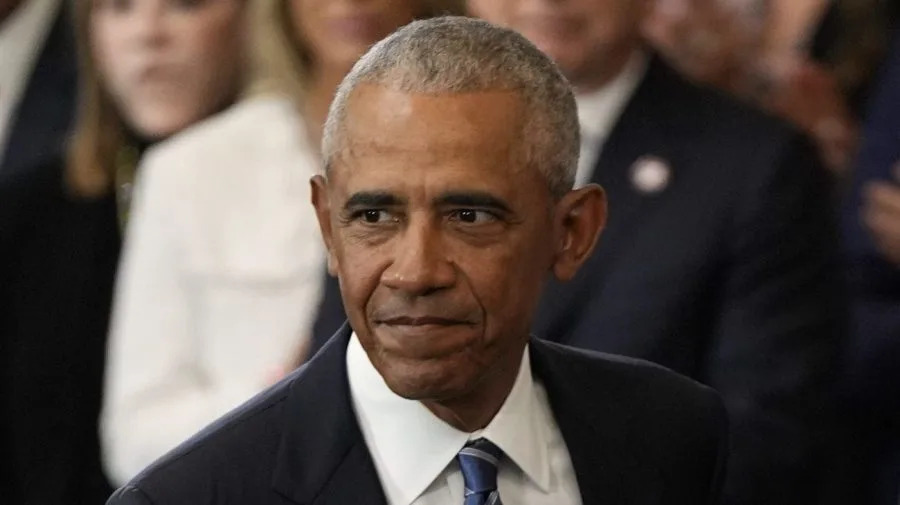
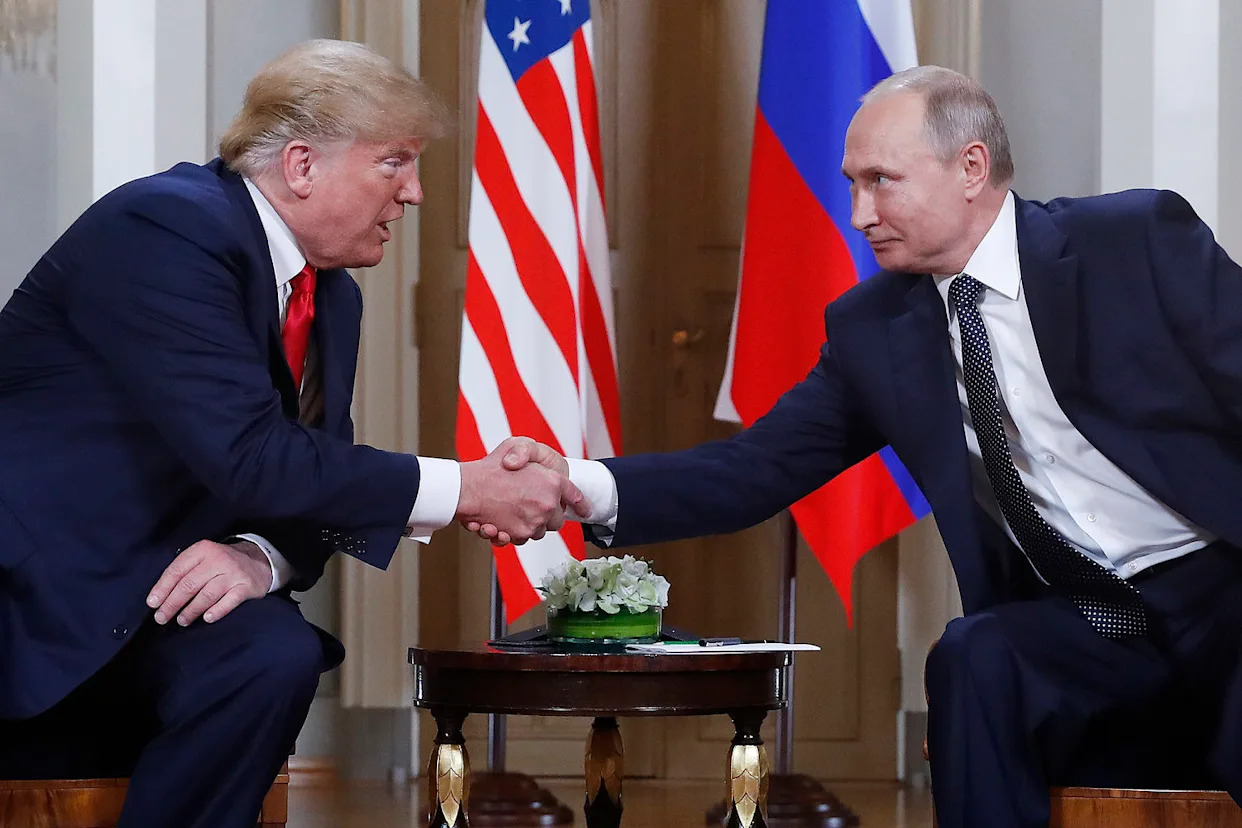
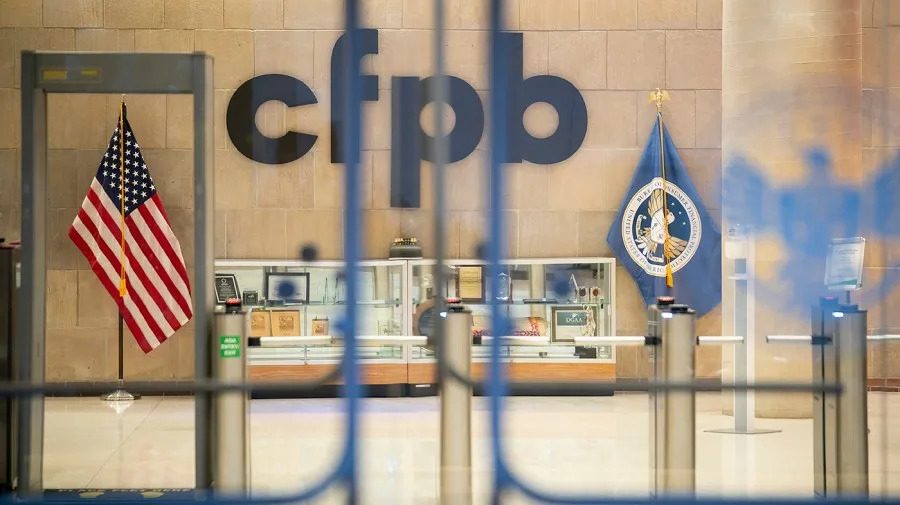
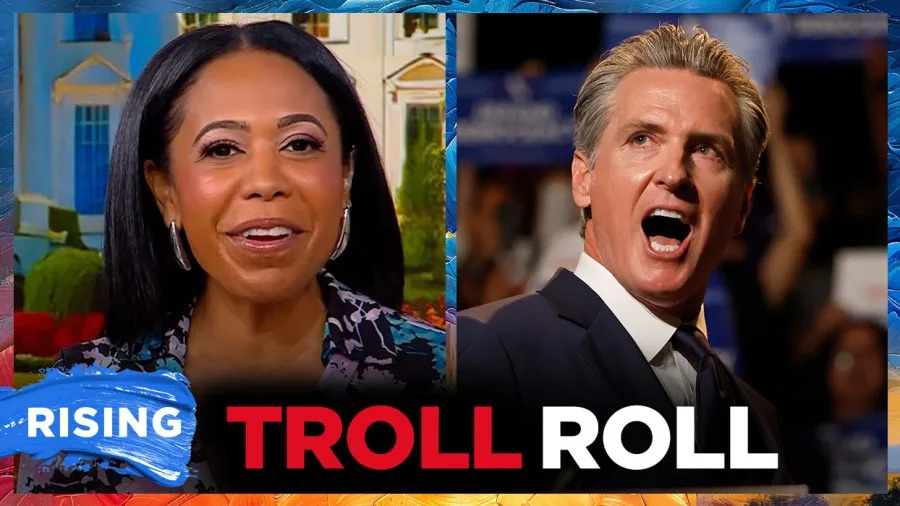
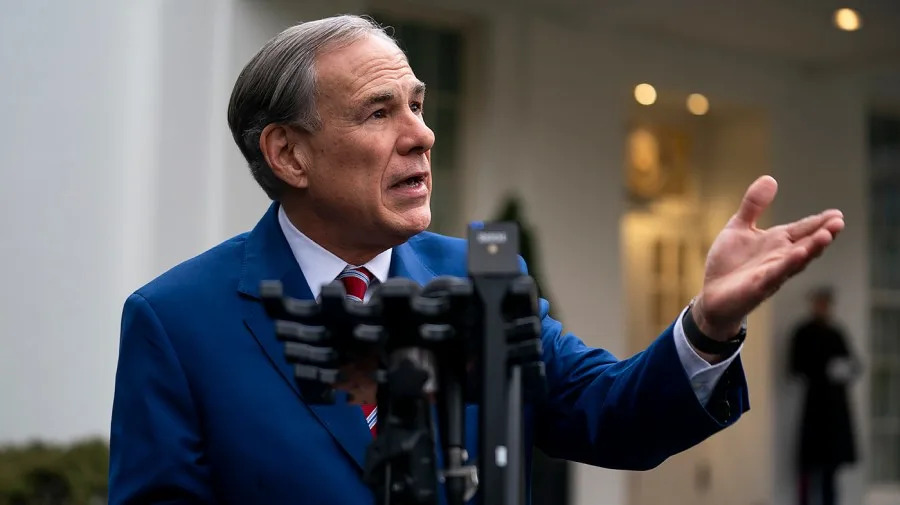
Comments